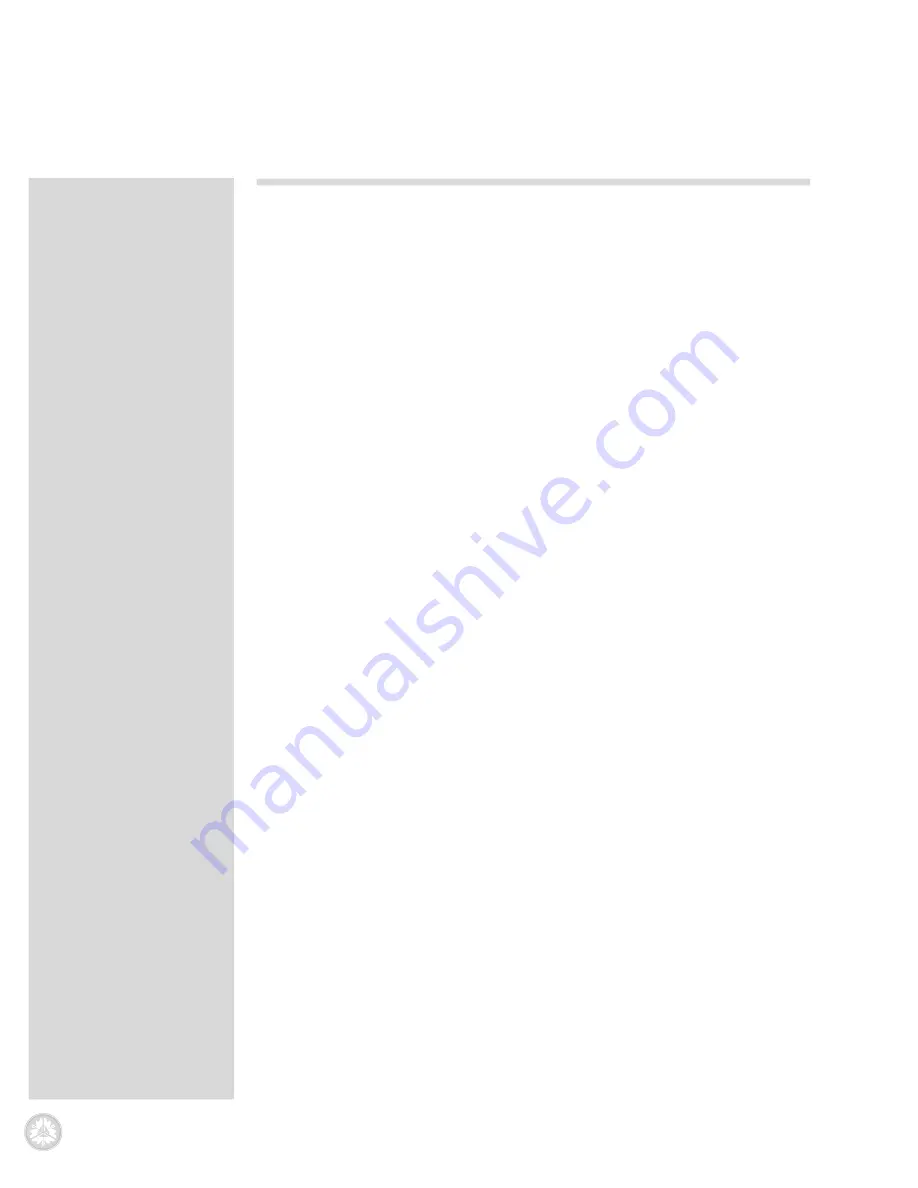
28
TruFocus LIO+ Operator Manual
13102C-EN
Other factors that can affect spot size include:
•
The refractive index of media in the eye, as shown.
Medium
Spot Size
Air
Smaller
Fluid
Standard
Silicone
Larger
•
Working distance. The smallest spot is obtained when the laser spot is
at its focus point on the image plane. Focusing on either side of that
point creates a larger spot.
•
Refractive status of the eye. The laser spot size on the retina in a
myopic eye is smaller than in an emmetropic eye. The converse
occurs for the hyperopic eye.
A x (B/C) = spot size on the retina
where,
A = aerial spot size
B = diopter power of handheld aspheric lens
C = power of eye
Using this formula we arrive the following values
Emmetropic eye (60D):1100 x (20D/60D) = 360
µ
m spot size on retina
Myopic eye* (70D):1100 x (20D/70D) = 315
µ
m spot size on retina
Hyperopic eye* (50D):1100 x (20D/50D) = 440
µ
m spot size on retina
*
This is only an example. The power of myopic or hyperopic eyes vary by patient.
Positioning the aspheric lens 55 mm from an emmetropic eye should
produce a magnified aerial image of the fundus. A myopic eye requires
the examination lens to be slightly closer (the hyperopic eye slightly
farther) to obtain the desired fundus image.
Power and duration
If you are uncertain of tissue response, always start with the lower power
settings and increase the power until you observe satisfactory clinical
lesions.
Shorter pulse durations require higher power densities to create a burn;
however, very short pulse durations can be potentially dangerous. Longer
pulse durations may be safer to use with the TruFocus LIO+, but it may be
more difficult for you to keep your head steady in an effort to create a
round spot.





































